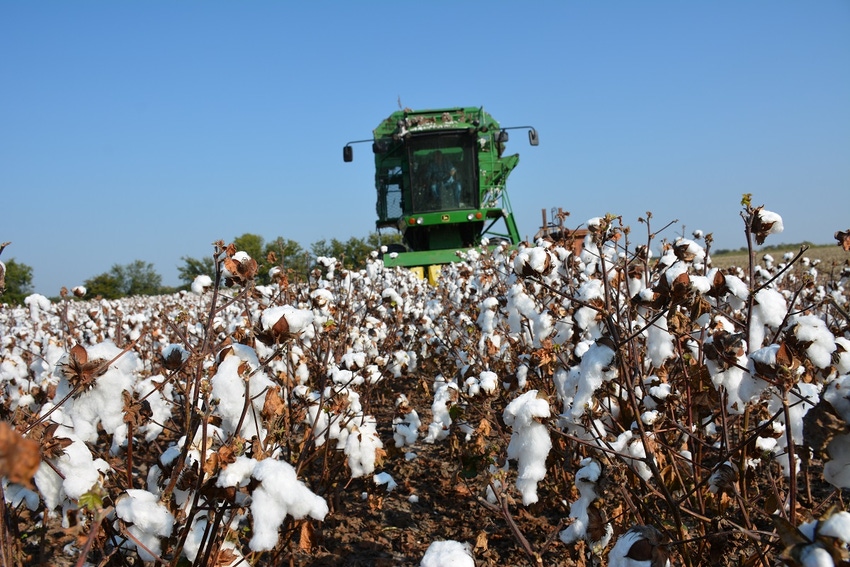January 28, 2016

Cotton futures prices have been trading for over a year in the sub-profitable range of about 60 to 68 cents per pound. In the discussion that follows we want to be careful not to fall into the trap of what finance professors would call “anchoring bias” (that is, letting recent history limit our views about what is possible next year). Nevertheless, there are several reasons why the price outcome for the 2016 cotton crop may be similar to what we have been witnessing for the last thirteen months.
First of all, the futures market provides a forecast of the 2016 U.S. cotton market. Since January of 2015, Dec’16 ICE cotton futures prices have traded between 62 and 66 cents. This is very similar to the futures price levels for the 2015 crop. One caveat to using the futures prices from a distant contract like Dec’16 is that only a small percentage of the total open interest is in the Dec’16 contract. In other words, not many traders and fewer speculators are putting their money where their mouth is. Obviously, supply and demand expectations will change with new information, which would adjust futures prices higher or lower. So let’s take a look at some of those variables.
For the latest on southwest agriculture, please check out Southwest Farm Press Daily and receive the latest news right to your inbox.
2016 futures prices for competing crops like corn, soybeans, and hard red winter wheat show that corn and wheat appear at least as competitive for cotton ground as they were in 2015. At any rate, the markets are not indicating any reason for a big swing in acreage back to cotton. So it is not unreasonable to expect another year of low cotton plantings, say 9 million or less. If ag lenders are less willing to make cotton loans at current prices, that may keep the lid on U.S. acreage.
There will probably be about three million bales of carryover from the 2015 crop. The same foreign oversupply situation (e.g., Chinese government reserves) that has been around for years will still be around in 2016. One implication of that is a cap on upside price potential. Why? Because if some unforeseen shortfall were to happen in world production, the expected response of a price rally would likely be squelched by liquidation of these foreign inventories. The Chinese reserves also pose some downside price risk, although they Chinese have yet to be successful in getting many takers for their reserve auctions. But the stocks still remain.
Third, there it is very likely that it will be a wet winter based on the ongoing El Niño forecast. If a relatively small amount of cotton acreage is planted, we may enter into a proverbial weather market situation where the early moisture does or doesn’t compensate for low acreage. As of this writing, NOAA is forecasting normal moisture conditions for the Cotton Belt during the summer of 2016. But that remains to be seen. Drier-than-normal conditions over a smaller planted acreage might raise expectations of short production and result in higher prices. But unfortunately these kinds of price rallies can be short lived, and still might not raise cotton futures to profitable levels.
You May Also Like




